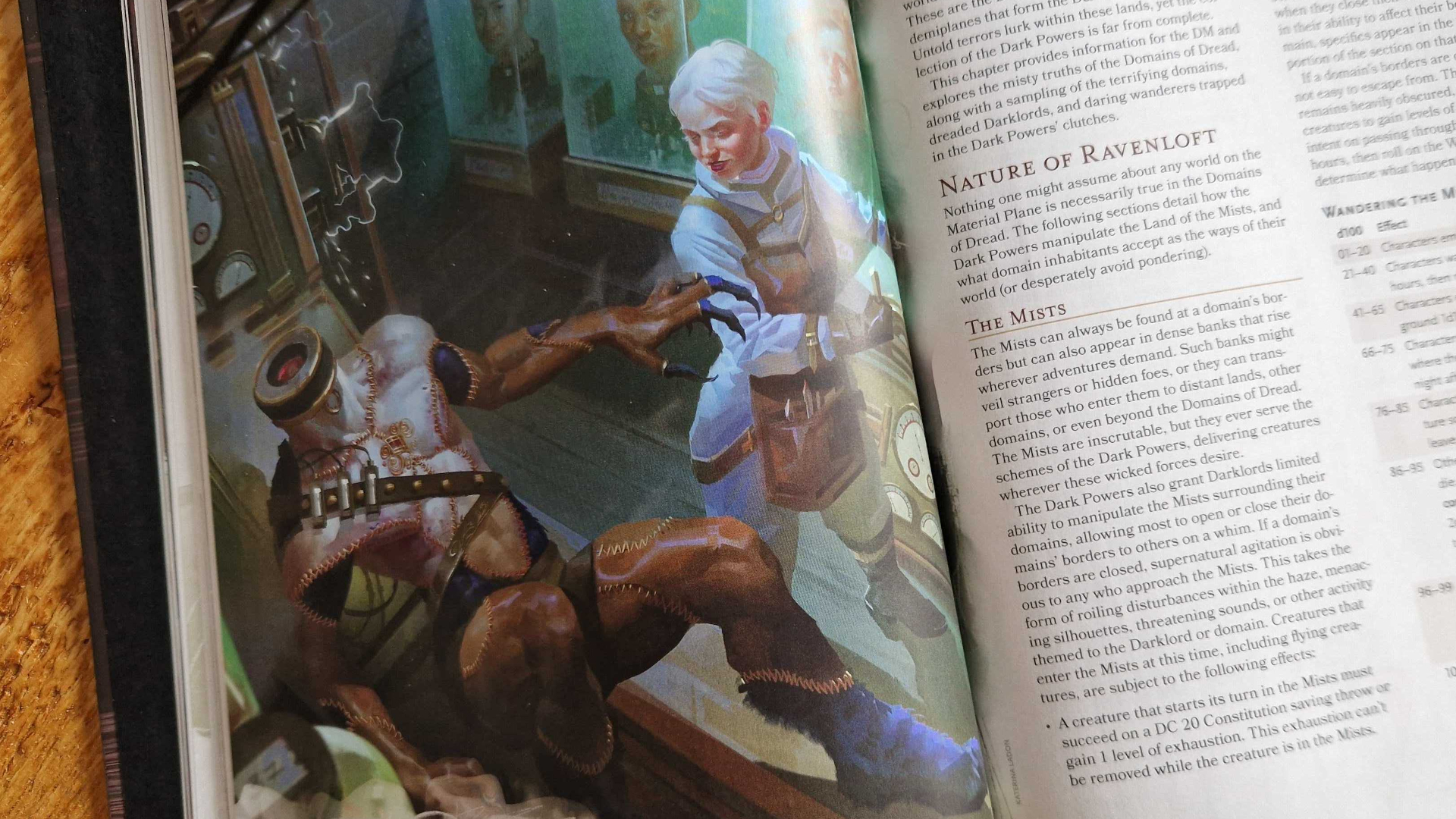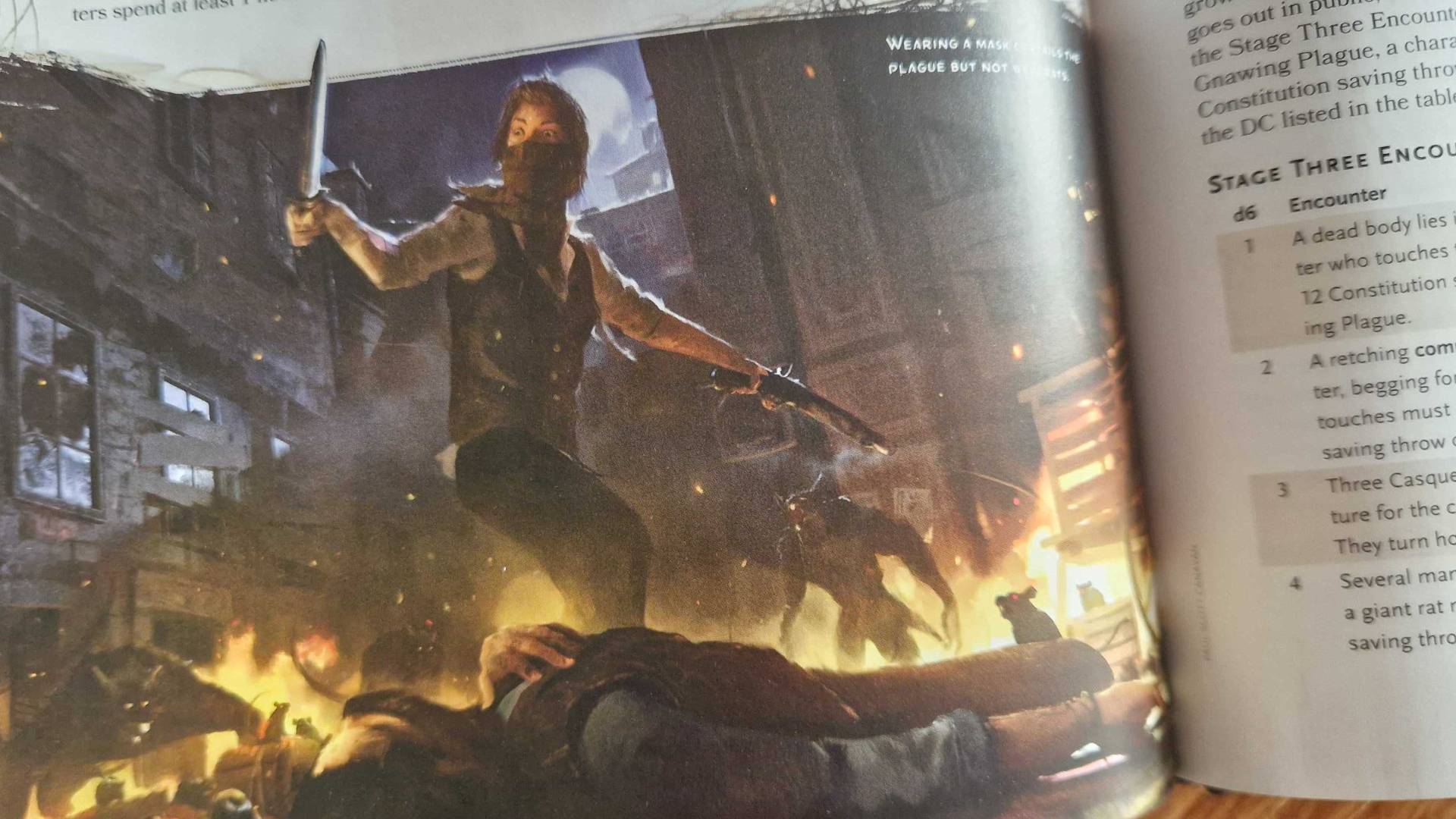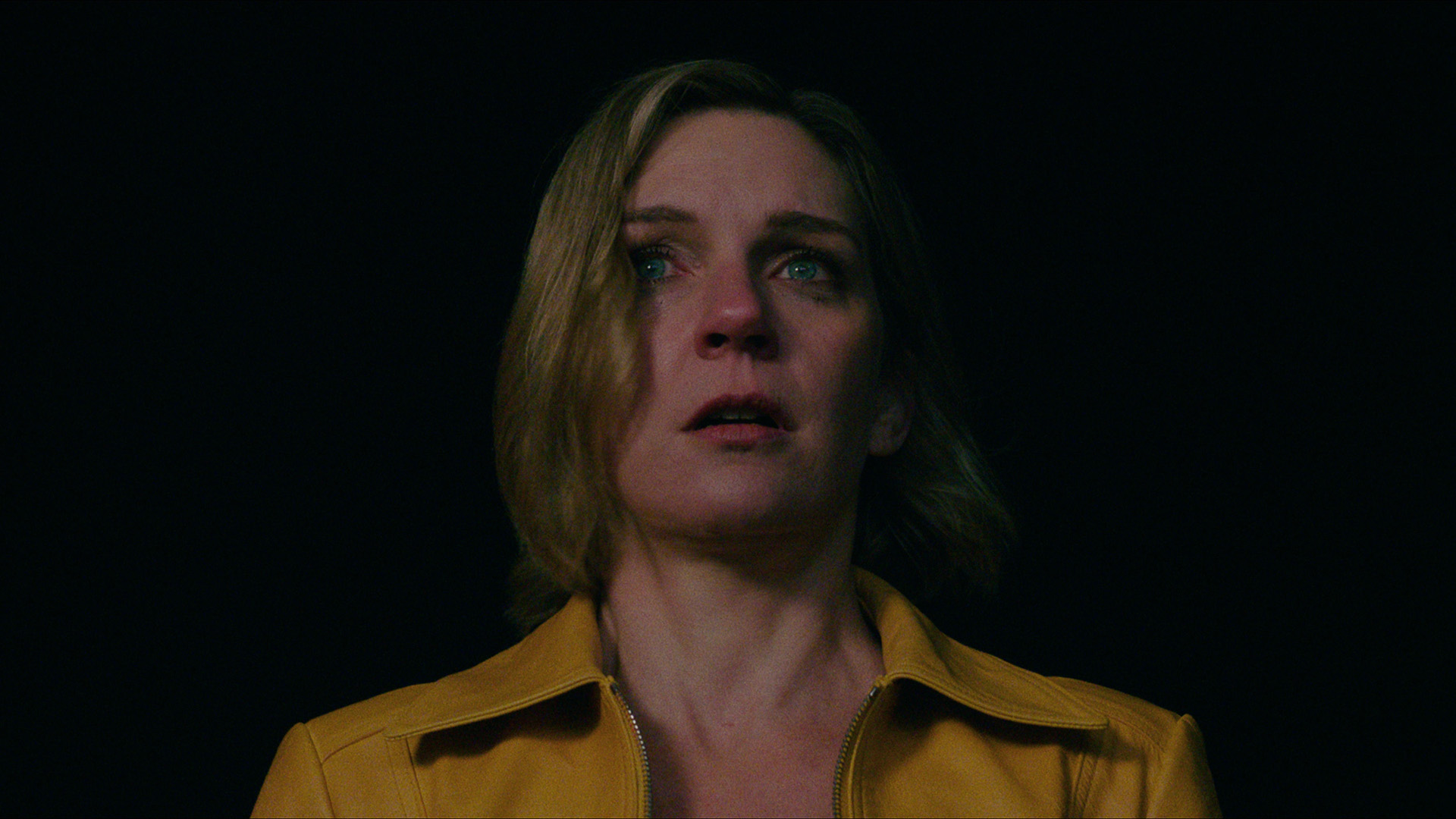New D&D Frankenstein subclass jolts the Artificer back to life
The Reanimator joins a horde of resurrected subclasses

It’s not often that the Artificer, the 13th D&D class, gets some new toys.
While the magical mechanic, who channels arcane forces through the power of technology, has been around in some form since 2004 – initially as a subclass unique to the Eberron setting – it usually sits on the fringes of the main action, cheering from the bench while the Wizard, Fighter, Cleric and others take most of the attention. It’s also an outlier in the main lineup with only four official subclasses to date: the Alchemist, Artillerist, Armorer, and Battlesmith. This week, however, D&D Beyond has dropped a playtest for a host of subclasses, including a new Artificer subclass called the 'Reanimator.' And it is, quite frankly, an astonishingly fun spin on a much-overlooked class.
Taking inspiration from that sci-fi / horror staple, Frankenstein’s monster, the Reanimator is the first Artificer subclass focused around necromancy. You quite literally animate an undead servant to aid you in battle, while using electricity to harm foes and resurrect allies, much like a scientist channeling lightning for unhinged, nature-defying experiments.
At Level 3, the Reanimator gains the flavorful, and immensely useful, Jolt to Life feature. This grants you the Spare the Dying cantrip – which stabilises someone on the edge of death – and upgrades it, returning your ally to consciousness while inflicting lightning damage to anyone in the vicinity, as you literally pulse electricity through your ally's body. It’s a thrilling, thematic, and imaginative spin on a common spell for one of the best tabletop RPGs that vastly increases its usefulness in combat.
You also get a Reanimated Companion, a lumbering undead servant that can make attacks, follow requests, and explode when it hits zero hit points, like a bloated zombie enemy from The Last of Us. While the playtest document doesn’t specify where this companion comes from, per se, the roleplay value of assembling various body parts isn’t hard to imagine.
Later levels largely focus on upgrading your companion, allowing you to cast spells through it, or increase their number of attacks. At Level 9, you can choose a mobile undead companion with a climbing speed and fear-invoking ability, one with a swim speed and Acid damage attack, or a bigger companion able to throw its weight around. At the same time, you learn the Animate Dead and Lightning Bolt spells, allowing you to build up an undead posse and channel your electric capabilities for more destructive means; your companion’s ability to heal when struck by lightning damage, too, means leaving them in the line of fire provides a key tactical advantage.
My only real complaint is with the final subclass feature, which allows you to cast Revivify or Raise Dead, the game’s most common resurrection spells, for half of the usual financial cost. A few hundred gold is not much of a concern to a high-level adventurer – and in the 2024 D&D rules, Clerics are able to cast these spells for free through their Divine Intervention ability, albeit only once per day. I’d rather see a single free cast of a resurrection spell than a discount that doesn’t meaningfully affect your party coffers.
Weekly digests, tales from the communities you love, and more

Still, if this is enough to give you pause, at least that’s not everything in the playtest. There’s a host of small tweaks and upgrades to the horror-themed subclasses shown in Van Richten's Guide to Ravenloft (2021), or those which have languished in older 5E sourcebooks for a little too long. The Bard’s College of Spirits, for example, ditches its time-intensive seance feature and gives you access to the powerful Spirit Guardians spell instead.
The Cleric’s Grave Domain returns, too, reworked to focus around the 2024 edition’s Bloodied condition (when an enemy has less than half its hit points), while the Rogue’s Phantom subclass gains the thematic Speak With Dead spell and the ability to gain soul trinkets – a key feature of the subclass – more regularly. The Shadow Sorcerer, Undead Warlock, and Hexblade also make an appearance, with quality-of-life updates to bring them into the roaring 20s.
The Ranger, meanwhile, does get an all-new subclass called the Hollow Warden, which draws on “Ancient Wild Terrors” and is high on survivability. You gain a monstrous transformation, Wrath of the Wild, which boosts your defenses, and healing abilities that trigger when you hit an enemy.
All signs point to a darker kind of sourcebook coming to the latest edition’s ruleset, possibly an update to Van Richten's Guide to Ravenloft. I’d expect to see an update to 2016’s popular Curse of Strahd adventure for the 2024 rules at some point, too.
We do know that an Eberron setting book, Forge of the Artificer, is coming in August 2025, though I’d be surprised if the Reanimator featured: it feels much more suited to a book dedicated to some pulpy horror thrills. But more than anything, the Reanimator playtest shows that the Artificer still has life in it yet.
For something new to play, why not check out the best board games or the best card games?

Henry St Leger is a freelance technology and entertainment reporter with bylines for The Times, GamesRadar, IGN, Edge, and Nintendo Life. He's a former staffer at our sister site TechRadar, where he worked as the News & Features Editor, and he writes regularly about streaming, games, D&D, and a host of home technologies including smart speakers and TVs. He lives in London with his Nintendo Switch (OLED) and spouse (not OLED).
You must confirm your public display name before commenting
Please logout and then login again, you will then be prompted to enter your display name.



